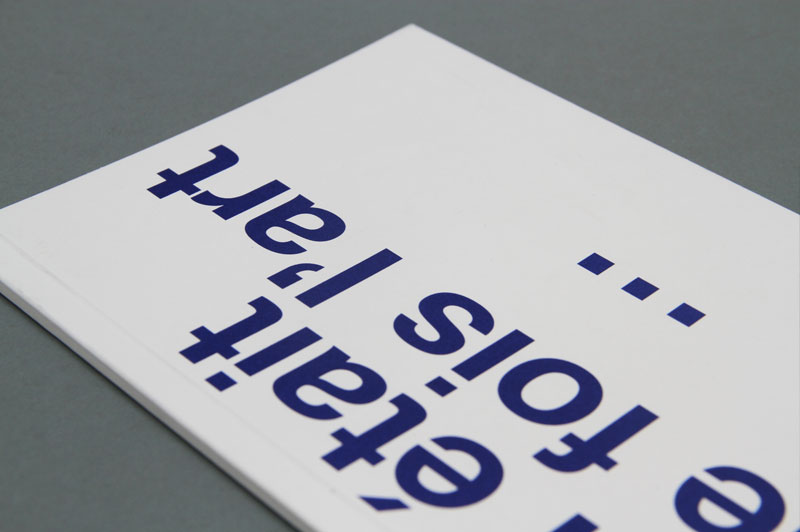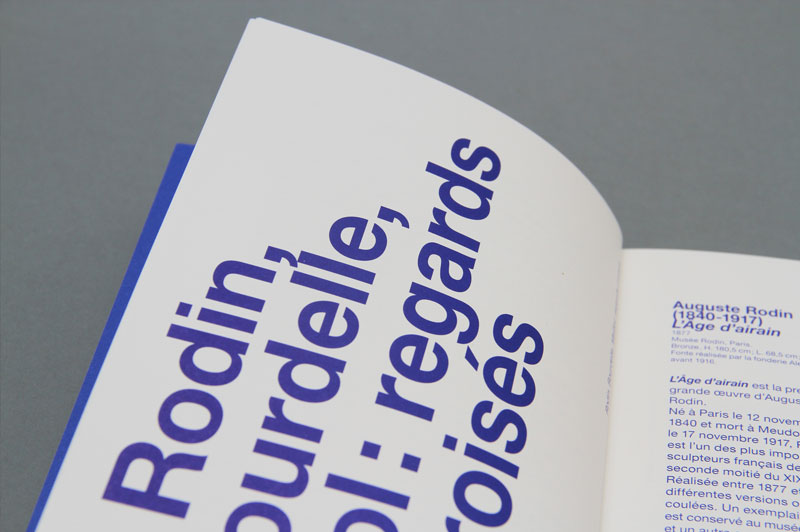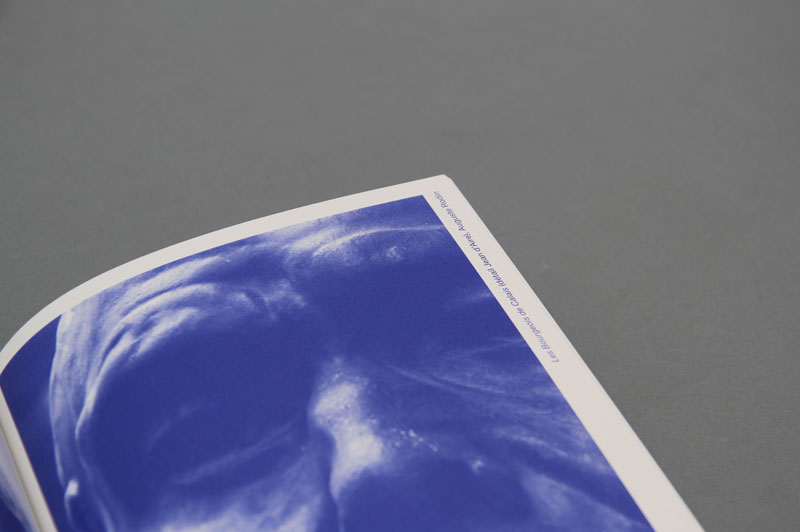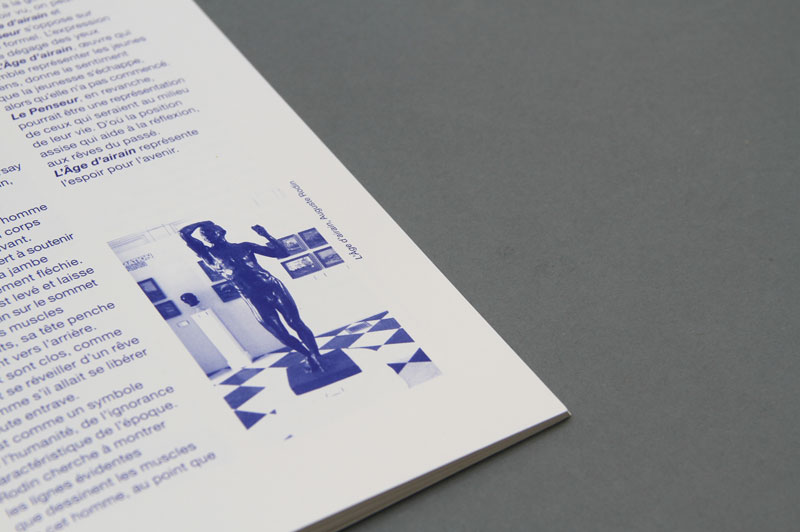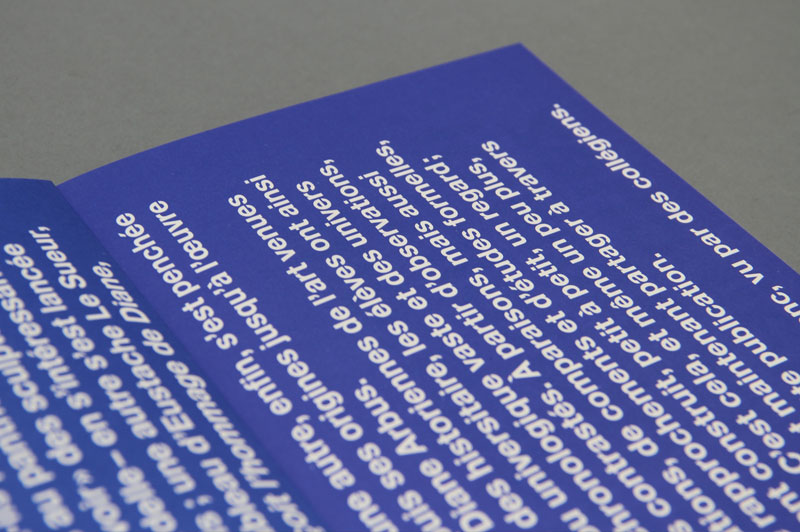- 2025
- 2024
- 2023
- 2022
- 2021
- The Forest System
- 2020
- A place to read
- Counterfactual
- Deep Sleep
- Fixing Sounds
- Ghost Populations
- Grey Matter
- Humanities
- Impôts.gouv
- My Precious One
- OK computer
- One for all
- Perfect Match
- Personal Borders
- Trial by fire
- Unconscious
- 2019
- Anonymous
- Daily science
- Houston 69
- Image and text
- La santé autrement
- Parts and labour
- Playing with fire
- Plu-present
- The art factory
- The legend factory
- The nuclear effect
- Unique every time
- Vertical
- What exactly is happiness?
- striking a chord
- 2018
- Animal images
- Connections
- Current affairs
- Extra space
- Les courts circuits
- Metamorphoses
- Off ground
- Playing with fire
- The Earth quakes
- The life of rays
- The ocean phenomenon
- The scope of cinema
- The struggle continues
- Top model
- Traces
- What is peace?
- 2017
- All about the climate
- Artistic territory
- Cars
- In all probability
- Inner journey
- Letter to a friend
- Planetarium
- Plants and us
- Polyptics
- Poster child
- Propagation of monotony
- Rocks unlimited
- Tour operator
- We, the presidents
- Youth culture
- 2016
- 3D universe
- Art curator
- Bioethics
- Colours
- Community radio
- Different books - digital design
- Different books - paper design
- Hands on
- Images - Mémoires
- In all probability
- Landscapes
- Meteors
- Microscopic
- Mirages
- Pantone Food
- The great outdoors
- The idiots' guide to teenagers
- The night
- There were several of them
- Under the surface
- 2015
- Books otherwise
- By prescription
- Denim
- Feet on the ground
- Intermediate schools in France
- Meteorologists
- Occupation: inventor
- Outdoors
- Sweet treats
- The art of love
- The climate in fiction
- To be completed
- Universal light
- Urban life
- What is today?
- Words and music
- 2014
- Are you modern?
- Aroma research
- Calculating sound
- Digital dreams
- Female landscape
- Hung up
- Infinite at top speed
- Les Grandes Tables
- Life in the laboratory
- Listening to the sacred
- Short trips into the working world
- The age of the earth
- Use and reuse
- Water
- Words and music
- Words and things
- 2013
- Aroma research
- As if by chance
- Behind the screen
- By what right?
- In praise of mixity
- Infinity at top speed
- Listening to the sacred
- Looking at animals
- Mass markets
- Memory
- On promotion
- Once upon a time: Art
- Segami
- Sensitive boundary
- Short trips into the working world
- The French factory
- Truth in sport
- 2012
- A simple movement
- Animalia
- Archigram
- Babel
- By what right ?
- Dinner's served!
- Experience of the world
- Found objects
- Money
- Once upon a time: Art
- Perceptible split
- Phenomena
- Serious games
- Television
- Warmly dressed
- 2011
- Animalia
- Balance of power
- Breathless
- Chemistry year
- Cities and architectures
- Eurêka
- Experience of the world
- Food
- Found objects
- Homepage
- Once upon a time
- Public life
- Television
- Under constraint
- Video games
- Vostok
- What to wear
- 2010
- Chimie en cuisine
- Eurêka
- Evolution
- Jeux vidéo
- La bioéthique
- La richesse - philosophie
- La richesse - sociologie
- Les adolescents - photographie
- Les adolescents - sociologie
- Objets trouvés
- Quel grand Paris?
- Rapprochement des cultures
- Sous contraintes
- Télévision
- Village global
Once upon a time: Art
Since 2009, the Seine-Saint-Denis County Council has been backing “la Culture et l’Art au Collège (CAC)”. This project is based to a large extent on the presence in class for several weeks (40h) of an artist or scientist whose mission is to engage the students in a process of research and creation.
Tutors: Aurélie Erlich/ art historian and national lecturer, Camille Feurer/ PhD student in art history and sociology, Claire Garcia/ PhD in art history, Marie-Laure Delaporte, Marie Dekaeke/ PhD students in art history
Project manager: Stéphane Coulaud
Objectives:
What do we do when we look at a work of art? What do we think about and what do we imagine? How can an art historian interpret what he sees seriously, whether he loves or hates it?
Each class was allocated a set of major works from the history of art. It then had to explore the idea of “looking”: what did it see and how it could talk about the process of looking?
Workshop:
The pupils studied public memorials and monuments in order to learn how an art historian proceeds.
Introduction to the specific vocabulary used in studying sculpture, which the pupils quickly mastered. This lexical approach was supplemented by a presentation of various techniques such as clay modelling, making scale models, bronze casting, assemblage, carving, etc.
Similarly, a presentation of the notion of commemoration was needed, based on emblematic sculptures from the 19th and 20th centuries, especially as the workshop was designed around commemorative statues erected in a public place.
After preparatory work on texts and images, the class went on to study form. The first stage was observation. The choice fell on monuments in the local area, particularly 1870 and 1914-1918 war memorials dedicated to the “children of Drancy who died in combat" which stood in the cemetery. The tutor first distributed documents from the city archives. After this archival approach, the class carried out a field study, recording inscriptions, dates and the artists' names, identifying and studying the materials.
Before the outing, the tutor had helped the pupils draw up an observation form, like the one used in the database To our Great Men!, a CD-Rom published by the Musée d’Orsay.
The class used this material to make a comparative study with other monuments of the same kind, which helped them to understand the artistic, social and political context of the memorials they had seen and demonstrate the persistence of the iconographic motifs for this kind of sculpture. A data sheet was kept for each monument.
In the last session, the practice of erecting statues in public places was put into perspective. The workshop focused on memorials, but on a visit to La Defense district the pupils saw statues that were purely aesthetic, designed by contemporary artists such as Calder, César, Miro, Morellet and Caro.
Outcome:
Publication of a 36-page booklet presenting the pupils’ ideas and observations, in the spirit of the "L'art et l'essai" collection. Deliberately unillustrated to preserve and accentuate the pertinence of the pupils' observations, the publication covered periods from the Renaissance and Da Vinci to Keith Haring or Julio Le Parc, through architecture, painting, sculpture and installations.
Outings (selection):
- Cubism at the Pompidou Centre
- African masks at the Origins of Cubism exhibition at the Musée du Quai Branly
- Jules Dalou exhibition at the Petit Palais
- Painting department in the Louvre
- Rodin exhibition Flesh and Marble at the Musée Rodin
- Keith Haring exhibition at the Musée d’Art moderne de la Ville de Paris
- Julio Le Parc exhibition at the Palais de Tokyo
- contemporary sculptures at La Défense.
Participating schools:
- Class (6th Segpa), Collège Jean Zay, Bondy
- Class (5th Segpa), Collège Maximilien Robespierre, Épinay-sur-Seine
- Class (4th Segpa), Collège Théodore Monod, Gagny
- Class (4th), Collège Jean-Moulin, Neuilly Plaisance
- Class (3rd), Collège René Descartes, Le Blanc-Mesnil
- Class (3rd), Collège Jacques Jorissen, Drancy
Photo et graphisme: BIBLIS DUROUX
